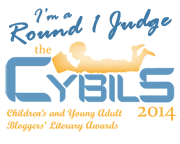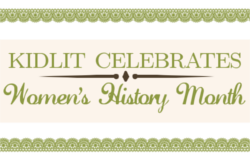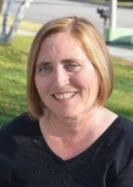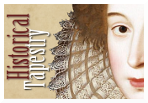
In her first novel for middle-grade readers, author Maryrose Wood seems to channel both Lemony Snicket and Jane Eyre in this wickedly amusing tale of a naive 15-year old governess whose first job entails educating three children who have literally been raised by wolves. OK, it's not exactly historical fiction, but it does take place some time in the second half of the 19th century!
Our indomitable governess, educated at the Swanburne Academy for Poor Bright Females, is undaunted by the challenges of raising children more used to communicating through barks, whines, and nips than the proper King's English. Indeed, she immediately begins teaching them poetry, as well as training them not to drool and how to properly put on pants and dresses. The first in a series, the novel offers plenty of humor but also a slew of mysteries....our governess heroine, Penelope Lumley, for one. Her own beginnings are murky enough, since she is sure she has parents somewhere, but "she simply did not know who they were or when she could expect some sign of their return." And when the mistress of the house throws an elaborate Christmas party, who is the villain who has tried to sabotage her success by releasing a squirrel into the house (as you might expect, the squirrel unleashes our feral children's inner canine instincts, resulting in wide-spread mayhem)? AND who exactly is hiding behind the wall in the attic of the house? Perhaps we'll find out some of the answers to these important questions in the next volume of this series.
The only negative I found in the book--and I don't think it would be a negative for the author's young readers--was Wood's almost uncanny mimicry of Lemony Snicket's style (it made me think about that contest where people submit bad Hemingway!) Like Snicket, she communicates directly with her readers, and has adapted his style of explaining words or concepts with a wry wit that may go over the head of some of the children in her audience. For example, consider the beginning of The Eleventh Chapter:
"As you may have already had cause to discover, a statement can be both completely true and completely misleading at the same time. This is called 'selective truth telling,' and it is frequently used in political campaigns, toy advertisements, and other forms of propaganda (p. 166)."
Nonetheless, I highly recommend this novel for ages 8-12; it would make a fun read-aloud for parents or teachers as well.




















No comments:
Post a Comment